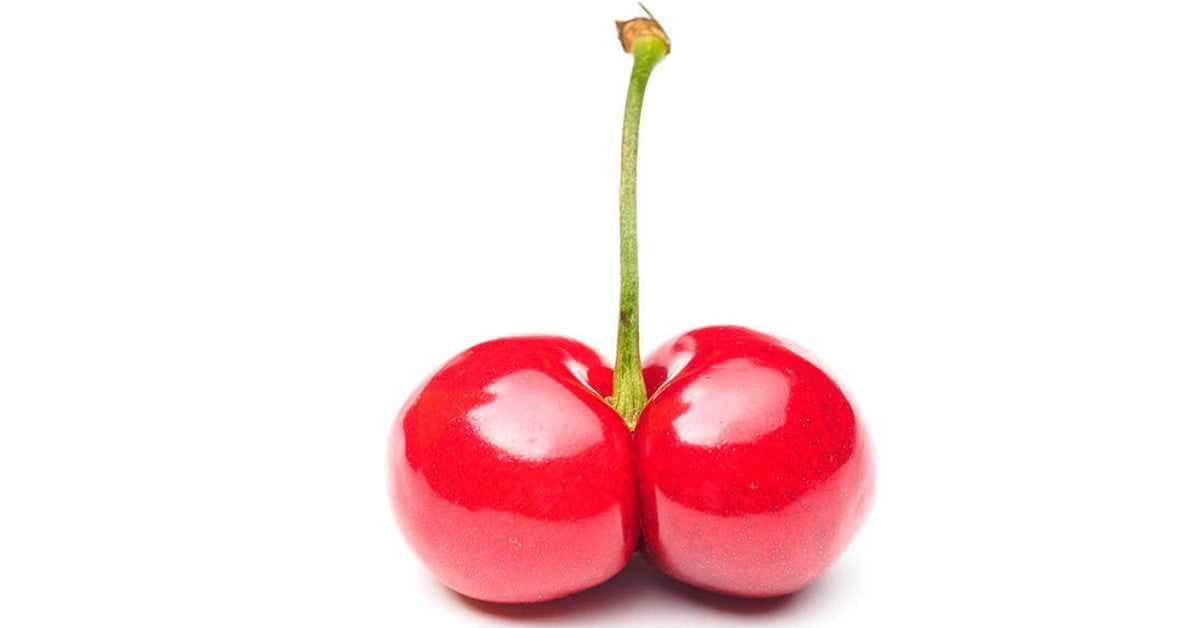According to a new study, primates with more attractive features tend to have smaller testicles. That pertains to humans, too.

Whether it’s a macaque looking for copulation or a man in need of a mate, primates have to be pretty sexy if they want to get noticed – and that comes at a price.
A new study published in the Proceedings of the Royal Society B claims primates with more attractive features tend to have smaller testicles. Sounds gross, but let’s look at the facts.
Counter-intuitive as it may sound, moderating masculinity this way actually provides an advantage in the reproductive stakes, as it allows for more genetic and energetic investment in ornamental features. The new study suggets there has to be a trade-off between beauty and bulge, so if you want to look good the balls have to shrink. So that beauty can grow.
High sexual competition has triggered the evolution of a range of “sexual ornaments” among male primates. These include the facial flanges orangutan males have, or the exaggerated noses of proboscis monkeys, and even men’s beards – all of which are supposed to attract females.

The authors studied 103 different primate species, including humans, to understand the relationship between these seductive embellishments and the size of the testes, and they found something interesting. Specimens with more impressive ornaments tended to have contracted goolies.
According to the researchers’ explanation, individuals who are able to out-compete their rivals due to their physical attractiveness don’t need to invest as heavily in the production of sperm. By contrast, “uglier” primates are likely to get fewer opportunities to mate, so they have to be ready to release a large of number of sperm at any time to increase the chances of fertilization. This means they have to invest more in the development of larger testicles.
Yet good looks are not the only prerequisite for securing mating rights, and physical power is often just as necessary when competing for females. Since individuals with a wider range of weaponry, such as canine teeth, have a better chance of sex, logic would dictate there’s a similar trade-off between canines and testes.
Interestingly, the researchers discovered the opposite to be true, as specimens with the largest canines also tended to have the biggest balls. While there’s no definitive explanation, the authors suggest this is due to the fact that developing a large weaponry requires much less genetic or energetic investment than the maintenance of attractive features, which is why big teeth needn’t cost a testicle. Ouch.

Study author Stefan Lüpold from the University of Zurich concludes that “ornament elaboration comes at the expense of testicle size and sperm production. In a nutshell, the showiest males have the smallest testes.”
Actually, that pattern has been observed with human males, too. The ones with the most expensive cars tend to be the least well-endowed.
